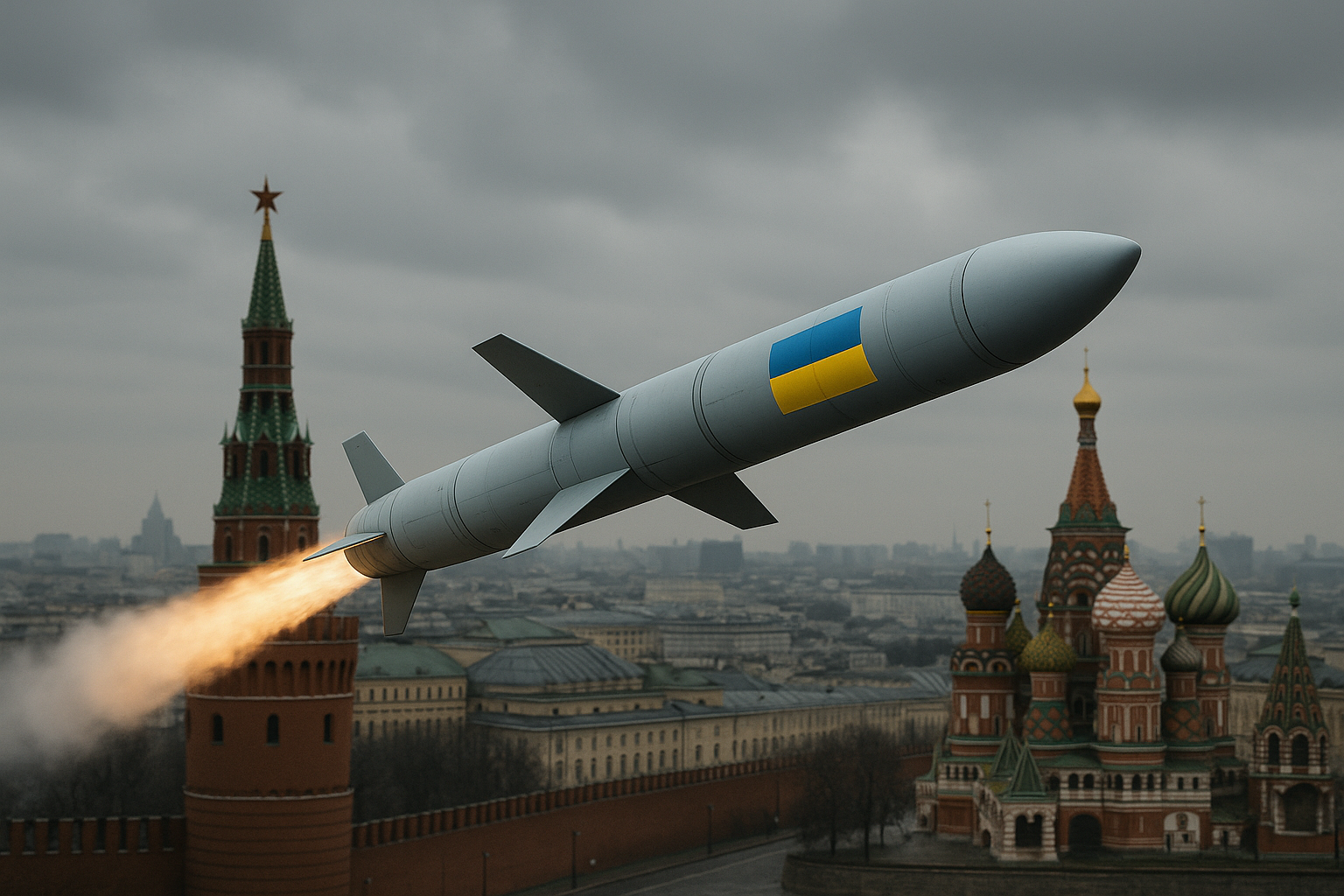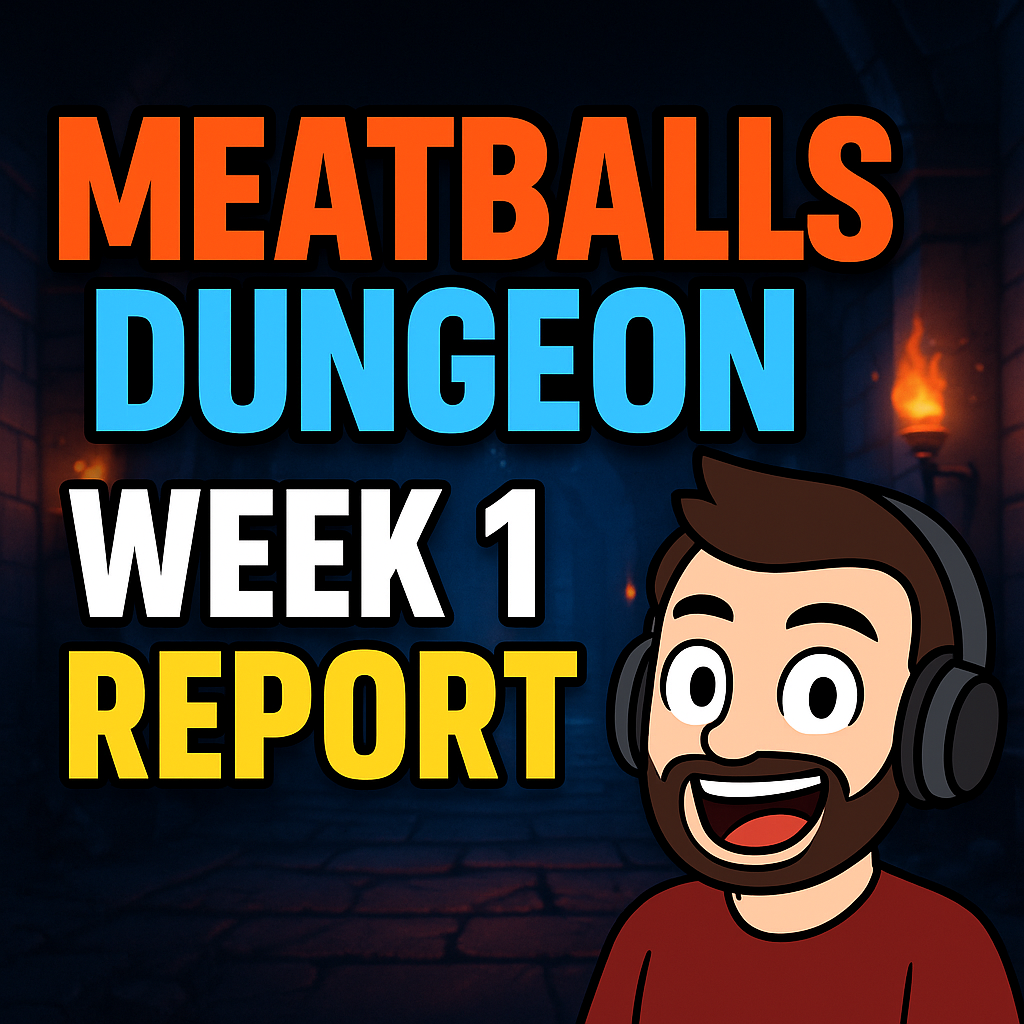A Strategic Miscalculation
When President Donald Trump froze military aid to Ukraine in 2019, most headlines focused on the immediate political fallout—impeachment hearings, diplomatic turmoil, and questions about foreign interference. But something more consequential was set in motion, a quiet geopolitical aftershock that is now redefining the U.S.-Ukraine defense relationship: Trump’s decision undermined American influence over how Ukraine fights Russia, pushing Kyiv to become more militarily self-reliant—especially in missile development.
Now, in 2025, Ukraine’s rapidly advancing domestic missile industry is not only reshaping the battlefield against Russia but also altering the global arms ecosystem. And crucially, it’s doing so without U.S. oversight or control.
The Freeze That Changed Everything
In July 2019, Trump withheld nearly $400 million in military aid to Ukraine, a country already in a shooting war with Russian-backed separatists. Officially, the freeze was justified as part of a broader review of U.S. foreign assistance. Unofficially, it was soon linked to pressure on President Volodymyr Zelensky to investigate Trump’s political rivals.
While the domestic consequences for Trump were swift—an impeachment in the House of Representatives—what received less attention was how Ukraine interpreted the freeze. It wasn’t just a pause in funding. For Ukrainian defense planners, it was a wake-up call: America could not be trusted as a consistent security partner. If Washington could weaponize aid for political gain, Ukraine needed to build what it couldn’t beg for.
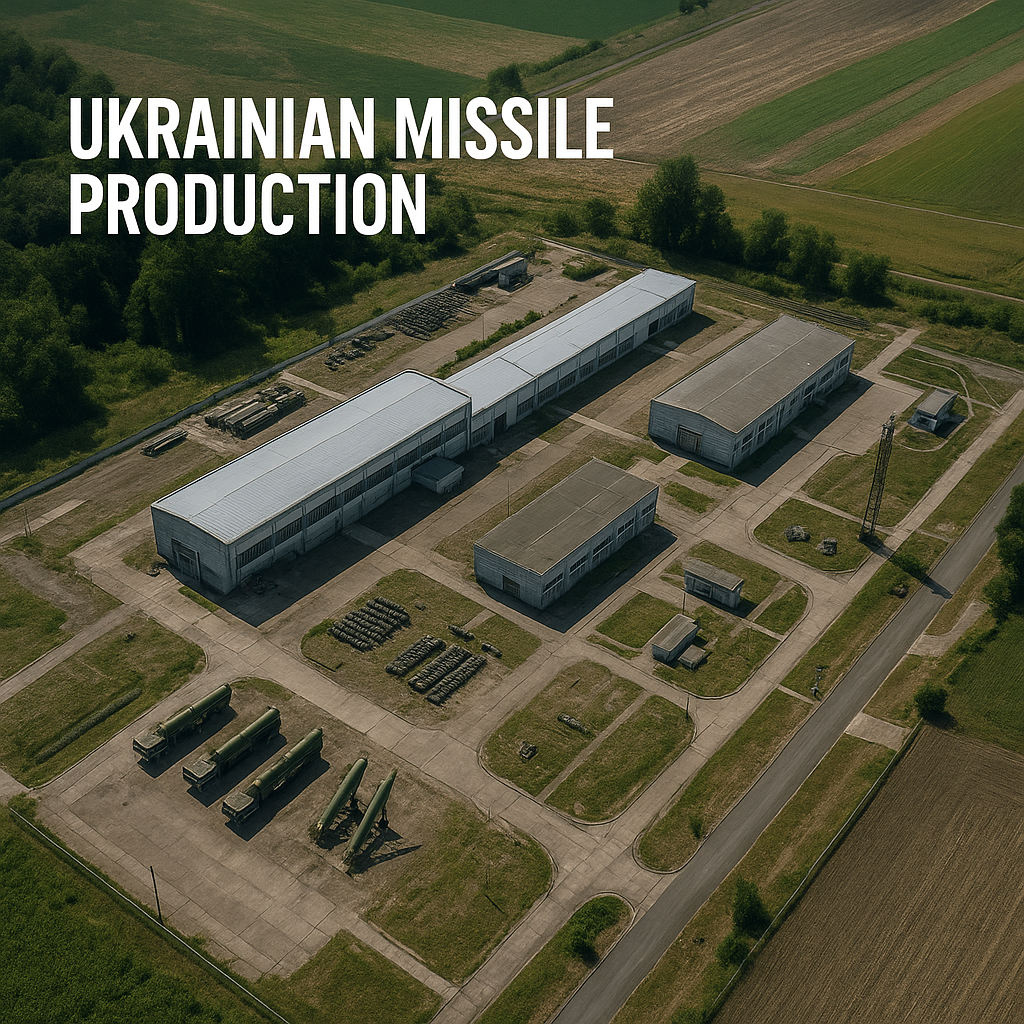
Ukraine’s domestic missile production sites, like this facility outside Dnipro, are now critical hubs of autonomous defense capability.
A History of Dependency
Before 2019, Ukraine had been dependent on Western partners—mainly the U.S.—for key defensive systems. While Ukraine had inherited massive weapons stockpiles from the Soviet Union, most of them were outdated or dismantled during disarmament campaigns in the 1990s. U.S. military assistance was critical in modernizing Ukraine’s army after Russia’s 2014 annexation of Crimea.
Javelin anti-tank missiles, secure communications gear, and military training became central to Ukraine’s fight. Washington, in turn, wielded significant influence in how and when Ukraine used its weapons. Aid came with strings—sometimes explicit, sometimes implied. Kyiv had to balance operational effectiveness with diplomatic tact, lest it appear too provocative or independent.
That dynamic changed with the Trump freeze.
Strategic Autonomy: A National Security Imperative
In response to the suspension of aid, Ukrainian defense officials quietly began ramping up domestic research and development. With little fanfare, state-owned defense conglomerate Ukroboronprom began expanding partnerships with private tech firms and former Soviet-era research institutions.
By 2021, those efforts had borne fruit. Ukraine unveiled several new missile prototypes, including:
- Hrim-2 (Thunder-2): A short-to-medium-range ballistic missile developed in partnership with Saudi funding, boasting a 500 km range—just enough to strike deep into occupied Crimea or even southern Russia.
- Neptune Cruise Missile: A sea-skimming anti-ship missile system based on the Soviet Kh-35, but entirely Ukrainian-made. It famously helped sink the Russian flagship Moskva in 2022.
- Vil’kha-M: A domestically enhanced multiple rocket launcher with satellite-guided precision, capable of striking hardened targets with minimal collateral.
These systems, notably, were produced and deployed without direct U.S. oversight. Unlike Javelins or HIMARS launchers, they came with no diplomatic constraints.
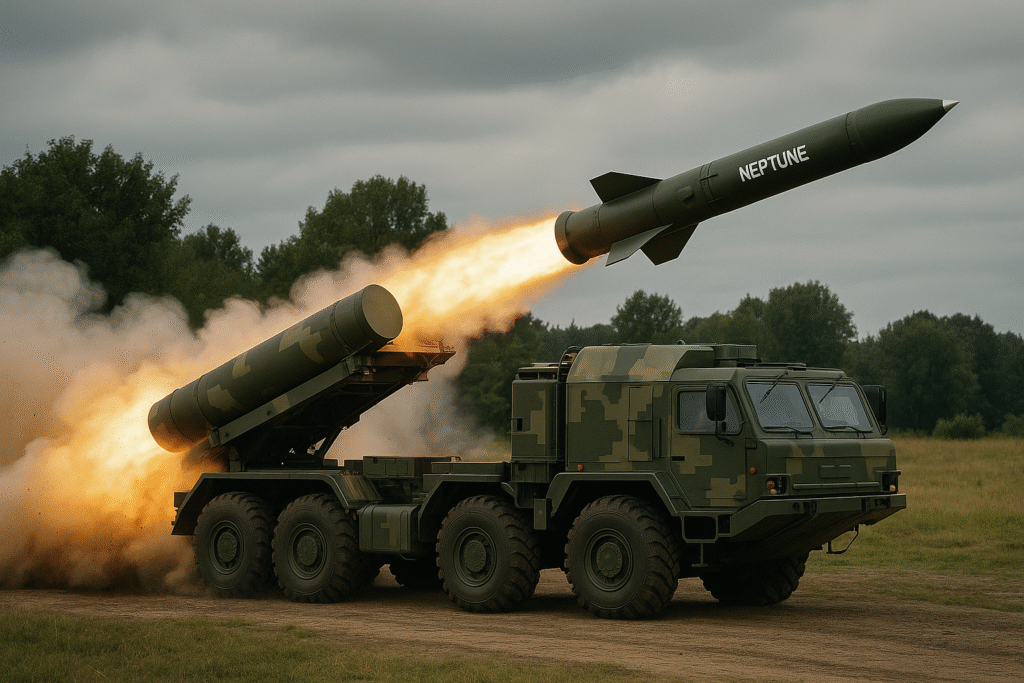
Neptune anti-ship missiles—developed without U.S. oversight—redefined naval warfare in Ukraine’s favor.
America’s Loss of Influence
Once a gatekeeper of Ukrainian military escalation, Washington found itself sidelined. Even under the Biden administration, which restored and expanded aid, the genie could not be put back in the bottle.
Ukraine had tasted autonomy—and it was effective.
By the time Russian forces launched their full-scale invasion in 2022, Ukraine’s domestic arsenal was already playing a critical role. The Neptune missile wasn’t just a symbolic victory; it signaled to the Pentagon that Ukraine was no longer just a proxy—it was becoming a peer innovator in certain military domains.
American influence had traditionally worked through leverage: arms supply, training, and conditionality. But by developing and fielding its own missiles, Ukraine had undercut that model. U.S. officials could request restraint, but they could no longer demand it.
The Quiet Surge in Ukrainian Missile Exports
By 2024, Ukraine’s military-industrial base was doing more than supplying its own forces. It had begun marketing advanced missile systems to foreign buyers—often countries that had been hesitant to buy from China or Russia but still needed low-cost, high-capability weapons.
Reports surfaced of Neptune system components being exported to Southeast Asia. Versions of the Vil’kha rocket system were being licensed to Middle Eastern states wary of U.S. embargo threats. And while the sales were often cloaked in deniability and third-party logistics, the trend was unmistakable: Ukraine had become a weapons exporter.
U.S. officials privately expressed concern about “unauthorized proliferation.” But there was little they could do. The technology wasn’t American. The production was sovereign. And the diplomatic tools—sanctions, demarches, export control regimes—were blunt instruments at best.

Blueprint-and-lab hybrid, speculative yet grounded
Rethinking the Proxy Relationship
Washington had always seen Ukraine as a strategic partner, but one that could be guided—if not outright directed. The Trump freeze broke that illusion.
It forced Ukraine to internalize a hard lesson: dependency is vulnerability. The choice, as Ukrainian officials now phrase it, was “sovereignty or stagnation.” Left without reliable supplies, Kyiv invested in what it could produce on its own—and created a self-sustaining pipeline of precision weaponry that is now outside America’s sphere of control.
This shift has introduced friction in U.S.-Ukrainian relations. Where once Ukraine sought approval before escalating against Russian targets, now it merely informs. American policymakers are briefed, not consulted.
An Unintended Strategic Shift
Ironically, Trump’s attempt to pressure Ukraine into political compliance backfired spectacularly. Instead of weakening Ukraine’s position, it catalyzed an industrial renaissance. In the logic of strategic deterrence, the freeze may have done more to empower Kyiv than any single aid package could have.
- Ukraine now has the ability to strike Russian positions beyond U.S. engagement rules.
- It has diversified its global arms partnerships, including with Turkey, Pakistan, and Baltic states.
- And it has become an emerging node in the global military innovation network—poised somewhere between Israeli adaptability and South Korean scale.
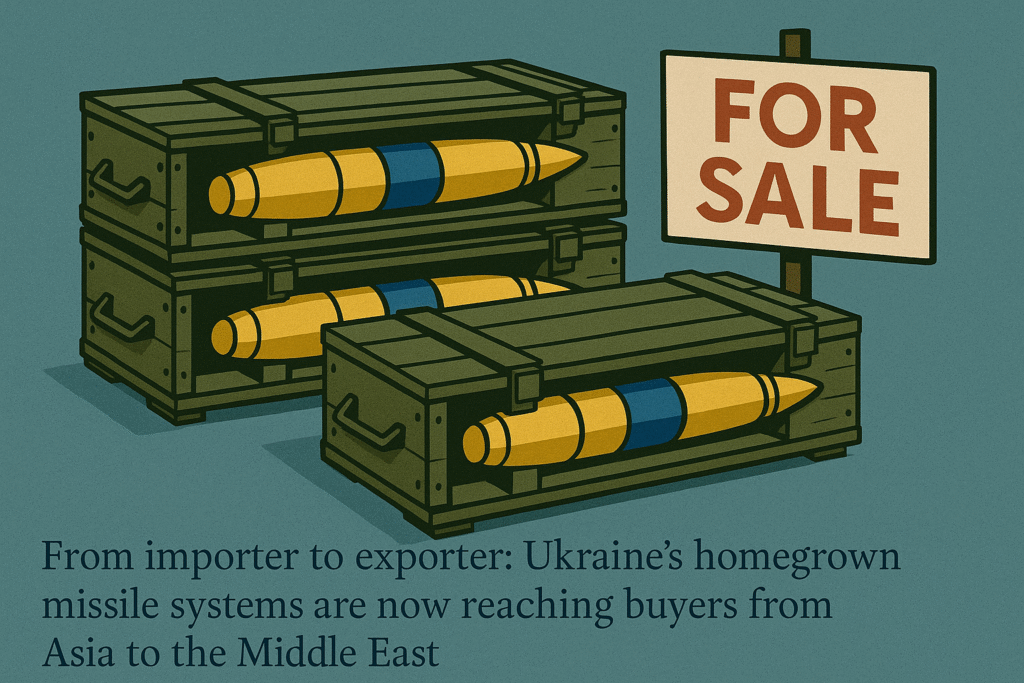
Consequences for the Future of U.S. Foreign Aid
The broader lesson may be one of diminishing returns. For decades, U.S. foreign aid operated on a leverage-based model: provide support, demand alignment. But as recipient states become more capable—and more suspicious—of American constancy, that model frays.
Ukraine is a case study in unintended empowerment. Aid freezes, once considered temporary policy tools, now have long-term strategic consequences. In Kyiv, they’re remembered not as tactical delays but as existential threats that must never be allowed to recur.
As Ukraine rebuilds its defense infrastructure post-war, it’s doing so with the assumption that Western support may again waver. The next time aid is frozen—or political winds shift—Ukraine doesn’t want to be caught unarmed.
A Missile Industry with a Mind of Its Own
Perhaps most concerning for U.S. planners is the simple reality that Ukraine’s missile development no longer answers to American timelines or doctrine.
In 2025, Ukraine is testing hypersonic delivery systems, loitering munitions with extended range, and satellite-linked strike coordination—all produced domestically or in collaboration with non-U.S. partners.
Washington now faces a partner that is:
- Militarily autonomous
- Technologically innovative
- Politically emboldened
And while this makes Ukraine a more formidable counterweight to Russia, it also introduces unpredictability into NATO’s eastern flank. Ukrainian restraint, once enforced by supply chains, now hinges on political will.
The Legacy of a Single Decision
The Trump-era freeze on military aid was not just a political scandal—it was a strategic inflection point. It forced Ukraine to uncouple its defense from American supply lines, setting off a chain reaction that continues today.
Now, the U.S. can no longer dictate the tempo or scope of Ukraine’s military responses. That leverage was lost when the aid became conditional—and Kyiv decided to condition its future on sovereignty instead.
What began as a gambit to extract political favors may ultimately be remembered as the moment America lost its say in how Ukraine defends itself.
